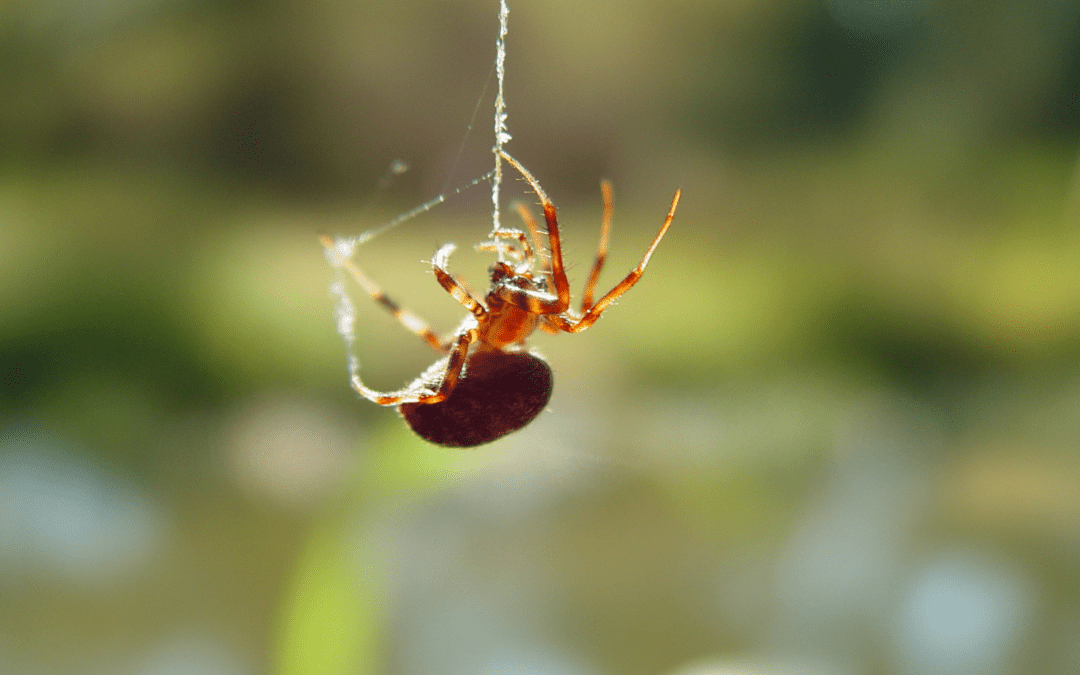READY TO GET STARTED?
REQUEST A FREE ESTIMATE
Fill out the form below or call (336) 226-1448 for a free, no-obligation estimate.

Temperatures are getting cooler and we are starting to spend more time indoors. We aren’t the only ones inside, though. Many pests will appear indoors that weren’t around in the warmer months. Pests found inside are seeking warmer shelter to survive the winter and provide a food source. Let’s break down some common fall pests so you’re better prepared to prevent and treat them.
Fall is the time when leaves begin to fall and temperatures drop, but it’s also when most spiders begin to mate. You might see more spiders than usual indoors due to them trying to find a match. Outside, you may notice large webs around your home. Spiders are known for being beneficial and can reduce the number of other pests around your home, so be mindful when knocking down their webs outside.
Fire ants build large mounds in soil and near structural foundations. They can even find their way indoors through cracks in buildings. When they feel threatened or disturbed, they can cause multiple painful stings and can become aggressive. Fall is the best time to treat fire ant mounds as this is when they’re most active.
Like us humans, rodents are also in search of food and warmth in the cooler weather. Your home can become a welcoming environment for them. Be sure to rodent-proof your home by sealing gaps or openings around your home’s exterior. Keep outdoor vents covered, repair any holes or tears in window or door screens, and install weatherstripping around doors.
You may notice an increase in overwintering pests, such as ladybugs, boxelder bugs, and stink bugs. These types of pests often resist traditional treatments with pesticides, so it’s best to take measures around your home to prevent more from coming inside. They’ll gather near the warmest areas of your home, usually on the south and west-facing sides. In these areas, check for any openings or gaps around windows and doors.
If you notice an influx of pests around your home this fall, reach out to your local pest control company who will provide you with a treatment plan that works best for you and your family.